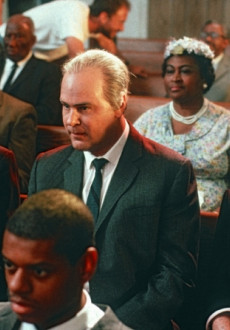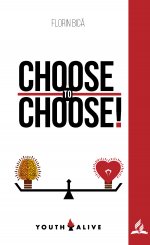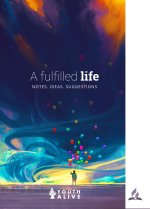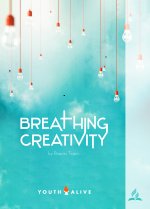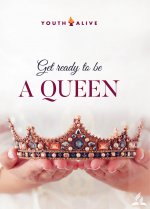You read a book and feel like it's a play. Then you find out that it’s surprisingly not. You open a volume of poetry, but you have the feeling that you're actually reading prose. And what seems like a book for children turns out to be a book for the adult audience (or vice versa).
The world of books has changed a lot and continues to change. Things are no longer as clear as before. Confusion at every step of the way. This is the natural consequence of an accelerated diversification of genres, the fantastic increase of writers, the new presentation means of written texts, and - dare I say - even a shift in terms of quantity-quality.
The book has become an accessory, widely accessible, less of a symbol for quality and more of a product of thought. One can even find design objects that mimic the covers of books, as empty on the inside as the souls of those who use them to show off. In spite of a few publishing houses maintaining their high standards, many others have popped like mushrooms after the rain, where anyone can publish, regardless of skill.
In the past, only important people used to write their memoirs - nowadays, anyone can do that. Recently, I saw a book written by a librarian about various encounters with her customers, not all happy. Film scripts have also become books - the other day I found Quentin Tarantino's script for “Inglourious Basterds”. Anthologies are also seeing a resurgence, from the famous “Chicken Soup for...”, to volumes that gather texts originally published on blogs or even Twitter. And what about the countless adult coloring books? Of course, we shouldn’t forget about the books that look like magazines - dynamic and diverse fonts, and tons of illustrations and photographs. What can I say about children’s books? They have become real toys, they can be dismantled and reassembled, rolled on wheels, smelled, tasted, touched, turned into robots or muppets and so on.
Several generations ago, the classic youth books were Jules Verne, Moby Dick, Alexandre Dumas’ Musketeers, The Count of Monte Cristo, etc. Today, teenagers have their own genre. Publishing sites advertise separate categories, such as Young Adult Fiction or Youth Nonfiction.
From a certain point onwards, things become more or less bizarre. If you haven’t tried it yet, I recommend you search for the Spam Poetry Institute (www.spampoetry.org) and enjoy reading poetry composed from the titles of spam emails. Or you could try a bit of “cli-fiction”, which stands for literature dedicated to specific topics of general interest, in this case, global warming and the issue of climate change.
Therefore, it’s good to ask ourselves the following when we search for new books: What kind of book is it? What sub-genre? Is it fiction? Is it nonfiction? For what age? What is the background of the author? Do I want to read it? What do I expect from the text?
Bookstore shelves or online bookstores contain so many titles that they sometimes seem like a jungle, where you can easily get lost, never to be heard from again. Once upon a time, the world of books was, or at least seemed, better organized.
"Based on real events" does not necessarily mean the honest truth. Reality is often dressed up in fiction. Fiction disguised as non-fiction. That book that won the Nobel Prize for literature is on the same shelf with the one about how to swear in different languages. This diversity becomes exhausting, and unfortunately, it often ends up shifting the spotlight on the books that deserve less attention, while the place of talented writers is occupied by the people with more likes.
People change, and with them, books change too. It would be good if people could change because of the books they read, instead of them changing the books based on the latest fad.
What remains to be done? Be careful, select books wisely, buy those truly worth reading, carefully research before deciding, resist the general trend, and instead insist on works of quality






